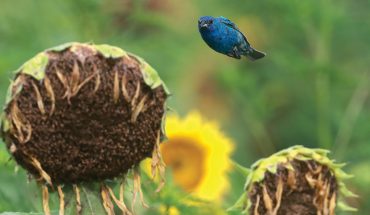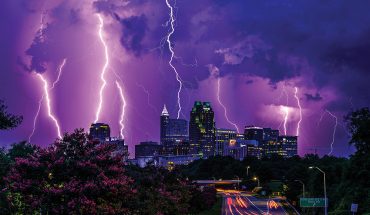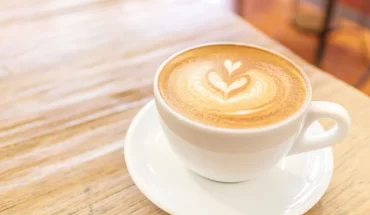Writer, photographer and CupAJoe landlord Leon Capetanos discusses his Portraits of CupAJoe project, among other things.
by Addie Ladner
Leon Capetanos has been to Hollywood, around the world and back again. And if it wasn’t for COVID-19, you’d likely find him among the many regulars at CupAJoe, a Raleigh establishment he also happens to be the landlord of. In 2018, wanting to document “the diverse world of Raleigh’s oldest Coffee house, CupaJoe,” he published a book titled “All Are Welcome. Portraits From CupAJoe.” A second book, “All Are Welcome Volume II” was published last year with proceeds benefiting CAM.
During this time of social distancing, where folks might be missing their social rituals, especially CupAJoe’s coffee (remember smelling it while driving down Hillsborough St. in the mornings?) and camaraderie, Capentanos graciously shared images from the project with us. We caught up with the writer, photographer and CupAJoe regular to discuss the project among other things.
How’s your sheltering-in-place going?
We’re in the house and comfortable. We don’t go out much, maybe a walk in the woods here and there. I spend my time reading and writing. I also started going through old photo negatives. I have plenty to do and can keep myself busy but I do miss my camaraderie of people at CupAJoe.
What are you reading these days?
Love in the Time of Cholera, I hadn’t read it and always wanted to. I’m also almost finished with the Hamilton biography by Chernow. I’m reading short stories by the Russian writer, Anton Chekhov. He’s known for being a playwright, he’s great. His short stories are fabulous, as good as it gets. I read whatever I can get my hands on. I can read Greek and found an old book I had from an old Greek poet which I read.
Speaking of CupAJoe, tell me about its origins.
I was living in Los Angeles but owned the property on Hillsborough St. This guy reached out to me, David, and said he wanted to open a coffee shop there. This was about 30 years ago, before Starbucks. Honestly, I had to think about it. There were a few coffee houses in LA but they were what CupAJoe is now. It was for younger kids. I said to my friend, “they’re going to roast their own coffee beans. Do you know anything about that?” I drove around LA and came across this coffee house and I could smell the coffee roasting. I thought, “that’s it, that’s the whole deal, let’s do this.” They’ve been a good tenant, they’re great people and my friends.
Have you ventured over there recently?
I went by the other day. They’re so organized! They’re selling the coffee and keep everyone 6-feet apart. But what I saw was people had bought the coffee, parked their cars and were chatting. Customers had reorganized themselves in the parking lot, it was so nice. It shows that there’s still a thirst for that community.
Tell me about your portrait book, All Are Welcome: Portraits From CupAJoe.
I had done a photo project similarly mounted in LA at a breakfast place I frequented and it was a big success. I one day remember looking around CupAJoe at all these different people from different ethnic and religious backgrounds, different sexualities- they all are welcome and accepted there for what they are. I wanted to document that.
How did it work? You’d just ask if you could take their picture?
We had a studio behind a storage building behind the tattoo shop. I wanted them as them, as they were. I’d talk to them and keep them relaxed and calm and see if they’d like to participate. I think I might have only had one or two people say no. I didn’t know half the people I photographed. Id’ say hello in the morning and I’d get to know them. They all had an interesting background and a story. I was pleasantly surprised so many people were willing to participate.
Any stories that stand out in particular?
The students were more interesting than you thought, you pick up this nature of the person. There was a woman studying computer science from Saudi Arabia who was planning to return there after graduation. I enjoyed talking to Frank Harmon ,an architect who is a wonderful artist and has his own book. I was being enriched by the process. Once the photographs were over, I kept those conversations going. It wasn’t just snap the shutter, but it was about learning that person and being reflective of their personality.
What’s your regular order at CupAJoe?
A regular latte. At different times, I get up in the morning and head there. There are certain groups of people that sit together. You get into your group and it’s these symbiotic relationships, like the coffee version of cheers. The greatest part of it is just to be in there.
CupAJoe in three words?
It would take more than three words to describe CupaJoe but I’ll try: inclusive, comfortable, interesting—and great coffee.
Thank you Leon and thank you for sharing these photos with us!














